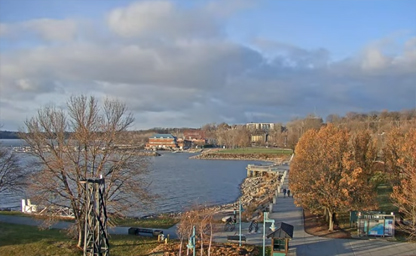
Burlington Waterfront
ECHO is the premiere science and nature museum on Lake Champlain

ECHO is the premiere science and nature museum on Lake Champlain
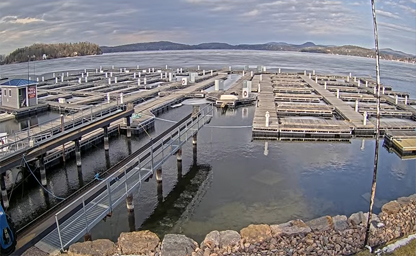
Beautiful Marina on Lake Champlain in the heart of Malletts Bay
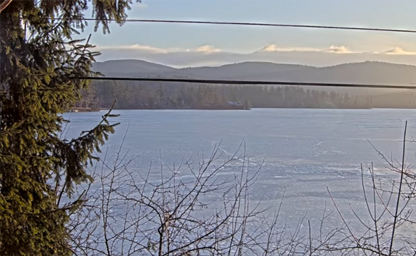
Please note the interesting spectacles occurring on the ice throughout the winter
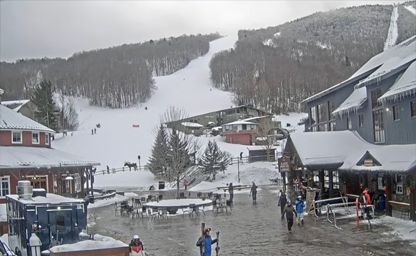
Lincoln Peak and Mt. Ellen offer a true alpine experience for all levels of winter adventurers
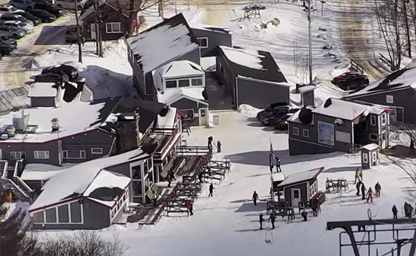
Located from the Birdcage at Mad River Glen in Fayston
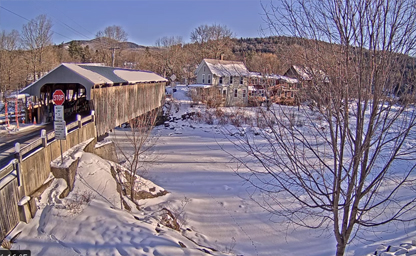
Built in 1833, it is one of Vermont's oldest covered bridges
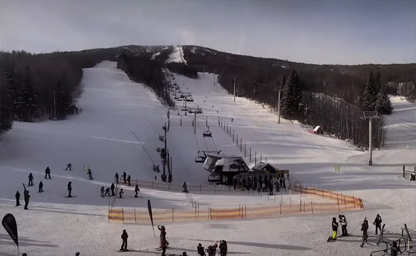
A vibrant resort Village and a community bigger than ever before
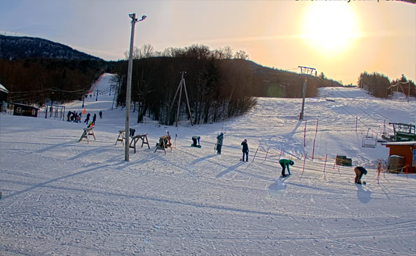
Alpine skiing and riding and 100km of Nordic and backcountry trails
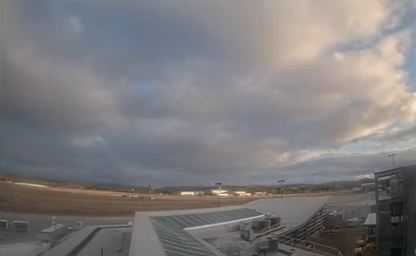
A modern and efficient transportation hub located in South Burlington
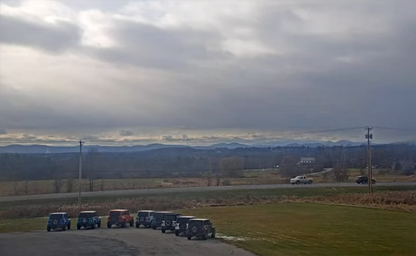
A 35.901-mile-long east–west state highway in Addison County
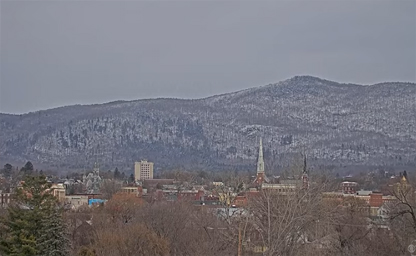
Come experience the natural beauty of Vermont's mountains
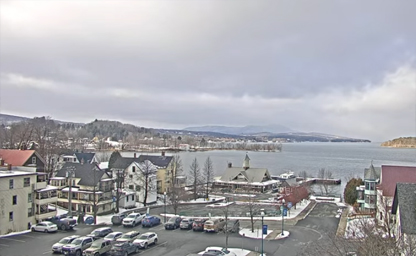
It is located at 202 Main Street in downtown Newport
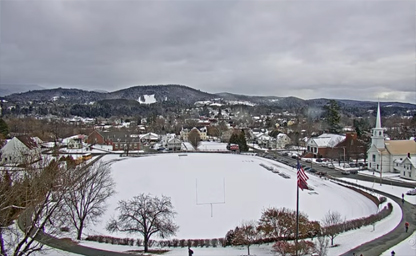
Lyndon Institute is located on a 52 acres campus in the village of Lyndon Center
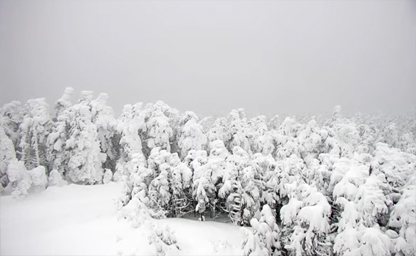
Situated in Chittenden County within the Green Mountains
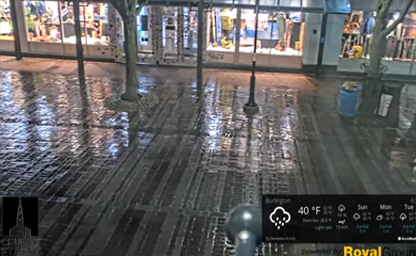
An uncovered outdoor pedestrian shopping and dining mall in Burlington
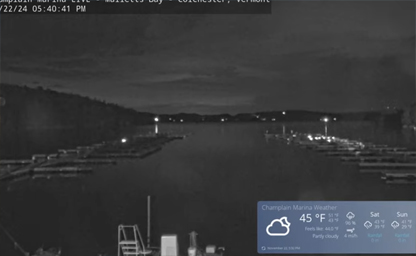
See the Fish & Wildlife Boat Access Area which sees some of the heaviest traffic for trailered boats getting on and off the lake
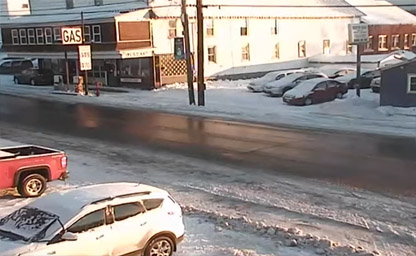
A census-designated place in the town of Brighton
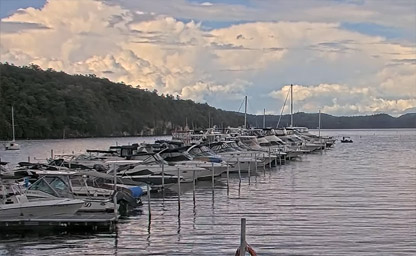
See the Malletts Bay Fish & Wildlife Boat Access Area
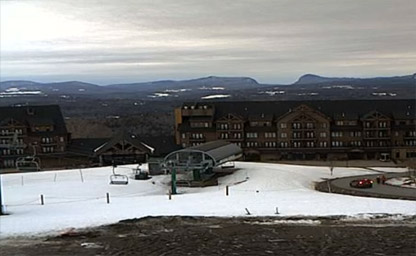
A census-designated place in the town of Burke in Caledonia County
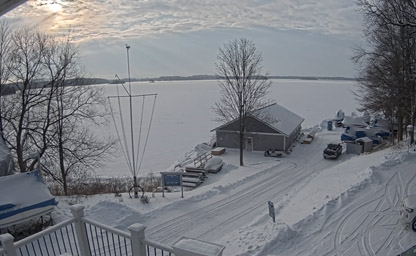
Situated on Scenic Lake Champlain
Live views from webcams in Vermont offer a picturesque look at the Green Mountain State’s stunning landscapes, charming towns, and serene natural beauty. From rolling hills and lush forests to quaint villages and sparkling lakes, these cameras capture the essence of Vermont in real time.
Nature enthusiasts can enjoy live feeds showcasing the majestic Green Mountains, Lake Champlain, and popular destinations like Smugglers’ Notch and Mount Mansfield. These webcams reveal Vermont’s breathtaking outdoor scenery, including hiking trails, waterfalls, and scenic vistas.
Webcams in towns such as Burlington, Stowe, and Woodstock provide glimpses of Vermont’s historic charm and vibrant communities. Viewers can explore bustling downtown streets, historic covered bridges, and local events that highlight the state’s unique character.
Seasonal changes are a highlight of Vermont’s live webcams. Witness the vibrant fall foliage that transforms the landscape into a kaleidoscope of reds, oranges, and yellows. In winter, snow blankets the mountains and valleys, creating a wonderland for skiing and snowboarding. Spring brings blooming wildflowers, and summer reveals verdant greenery and tranquil lakes.
Whether you’re planning a visit, exploring Vermont’s natural wonders, or simply enjoying its beauty from afar, live views from webcams provide an immersive and engaging way to connect with the state’s peaceful charm and stunning scenery.
Vermont, nestled in the northeastern United States, boasts a fascinating history that reflects its unique position in American development. Long before European settlers arrived, the region was inhabited by the Abenaki, part of the larger Algonquin group of Native Americans. These indigenous communities thrived in the area’s fertile valleys and dense forests, relying on hunting, fishing, and agriculture.
European exploration of Vermont began in the early 1600s, with Samuel de Champlain, the French explorer, being among the first to document the area in 1609. He gave his name to Lake Champlain, a vast body of water that would later become a vital trade route and strategic military site. During this era, Vermont became a contested land between French and British forces, especially during the French and Indian War, as both powers sought control of the region’s resources and strategic locations.
In the late 18th century, Vermont’s history took a distinctive turn. Settlers from New England began moving into the area, despite disputes over land grants between New York and New Hampshire. This led to the formation of the Green Mountain Boys, a militia led by Ethan Allen. The Green Mountain Boys became famous for their resistance to New York authorities and their decisive role in the American Revolutionary War, notably in capturing Fort Ticonderoga in 1775.
On March 4, 1791, Vermont became the 14th state to join the United States, making it the first state admitted after the original 13 colonies. Vermont also holds the distinction of being the first state to abolish slavery in its constitution, showcasing its early commitment to human rights and equality. During the 19th century, Vermont’s economy flourished, thanks to agriculture, logging, and manufacturing industries. The state became a key player in the abolitionist movement, further solidifying its progressive identity.
The Civil War saw a significant contribution from Vermont, with thousands of Vermonters serving in the Union Army. The state’s strong abolitionist stance aligned it firmly with the North’s efforts to end slavery. The post-war era brought industrial growth, but Vermont remained predominantly rural, with farming and small-town life defining its character.
In the 20th century, Vermont experienced shifts in its economy and demographics. The rise of tourism, driven by its picturesque landscapes and ski resorts, brought new opportunities. The environmental movement gained traction in the state, leading to significant conservation efforts that have preserved its natural beauty. Today, Vermont is celebrated for its independent spirit, progressive values, and commitment to sustainability.
Vermont experiences a humid continental climate, characterized by four distinct seasons. Its weather patterns are influenced by its inland location and mountainous terrain, leading to a variety of microclimates across the state. For those planning to visit, understanding Vermont’s seasonal changes is key to making the most of its diverse offerings.
Winters in Vermont are cold and snowy, making it a paradise for winter sports enthusiasts. Temperatures typically range from -12°C to -1°C (10°F to 30°F), with significant snowfall that supports the state’s thriving ski industry. Resorts like Stowe, Killington, and Sugarbush attract visitors from around the world, offering top-notch skiing, snowboarding, and other winter activities.
Spring in Vermont is a time of renewal, as the snow melts and the landscape comes alive with budding trees and blooming flowers. Temperatures gradually rise, ranging from 4°C to 15°C (40°F to 60°F) by late spring. This season also marks the start of maple sugaring, a tradition deeply rooted in Vermont culture. Visitors can tour sugarhouses and sample fresh maple syrup, one of the state’s signature products.
Summers in Vermont are warm and pleasant, with temperatures averaging between 15°C and 27°C (60°F to 80°F). This season is perfect for outdoor activities like hiking, biking, and kayaking. The Green Mountains provide a stunning backdrop for adventurers, while Lake Champlain offers opportunities for swimming, boating, and fishing. Summer also brings a host of festivals, farmers’ markets, and cultural events that showcase the state’s vibrant community.
Autumn is perhaps Vermont’s most iconic season, drawing visitors from far and wide to witness its breathtaking fall foliage. The state’s forests burst into brilliant shades of red, orange, and gold, creating a picturesque landscape that is unparalleled. Temperatures during the fall range from 7°C to 18°C (45°F to 65°F), making it a comfortable time for exploring scenic byways, hiking trails, and quaint villages.
While Vermont’s climate can be unpredictable, its seasonal diversity is part of what makes the state so appealing. Whether you’re drawn to its snow-covered slopes, vibrant fall colors, or sunny summer lakes, Vermont offers a climate to suit every preference.
Vermont’s geography is defined by its rugged terrain, lush forests, and numerous waterways. Covering approximately 24,900 square kilometers (9,615 square miles), it is one of the smallest states in the US, but its natural beauty and varied landscapes more than make up for its size.
The Green Mountains, a prominent feature of Vermont’s geography, run north to south through the state and give it its nickname, the Green Mountain State. These mountains are part of the larger Appalachian Mountain range and are home to some of the state’s most popular outdoor destinations, including the Long Trail, the oldest long-distance hiking trail in the United States.
Vermont is bordered by Canada to the north, New York to the west, Massachusetts to the south, and New Hampshire to the east. The Connecticut River forms the eastern boundary, while Lake Champlain, one of the largest freshwater lakes in the United States, dominates the western landscape. Lake Champlain not only provides a stunning setting for recreation but also played a significant role in Vermont’s history as a trade route and battleground during the Revolutionary War.
The state’s terrain is a mix of mountains, rolling hills, and fertile valleys. The Champlain Valley in the west is a prime agricultural area, known for its dairy farms, orchards, and vineyards. Vermont’s dairy industry is renowned for its high-quality products, particularly artisanal cheeses and the famous Ben & Jerry’s ice cream, which originated in Burlington.
Forests cover approximately 75% of Vermont, making it one of the most densely forested states in the nation. This abundance of trees, particularly sugar maples, is central to the state’s identity and economy. Vermont’s forestry industry produces timber, paper, and maple syrup, while also supporting a thriving ecotourism sector.
Rivers and streams crisscross the state, contributing to its scenic charm and providing opportunities for fishing, kayaking, and other water sports. Notable rivers include the Winooski, Otter Creek, and Lamoille. These waterways, along with Vermont’s numerous lakes and ponds, are integral to its ecosystem and recreational appeal.
The state’s small towns and villages are nestled within this picturesque landscape, offering a mix of historic architecture and modern amenities. Places like Woodstock, Middlebury, and Stowe exemplify Vermont’s quintessential charm, with their covered bridges, white-steepled churches, and vibrant local markets.
For an unforgettable experience, consider visiting Vermont during the fall foliage season. The state’s scenic byways, such as the Route 100 Byway, offer stunning views of the autumnal colors and picturesque towns. Don’t forget your camera—every turn is postcard-perfect!
Here’s an interesting fact: Vermont is the only state in the US without any skyscrapers. The tallest building in the state is Decker Towers in Burlington, standing at just 124 feet. This reflects Vermont’s commitment to preserving its natural beauty and historic character, making it a truly unique destination.